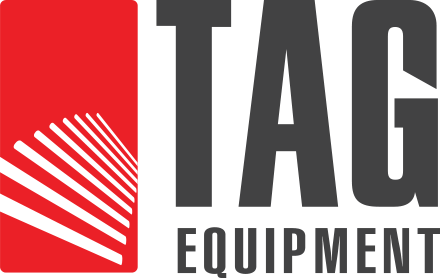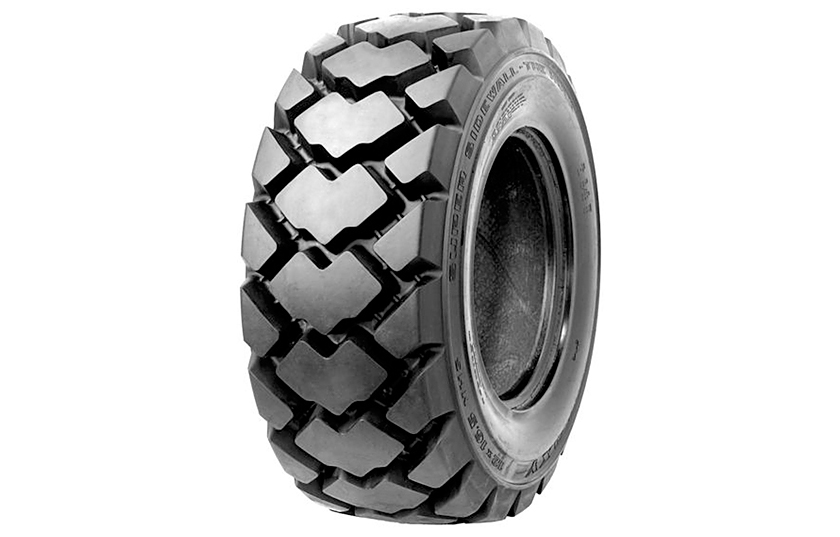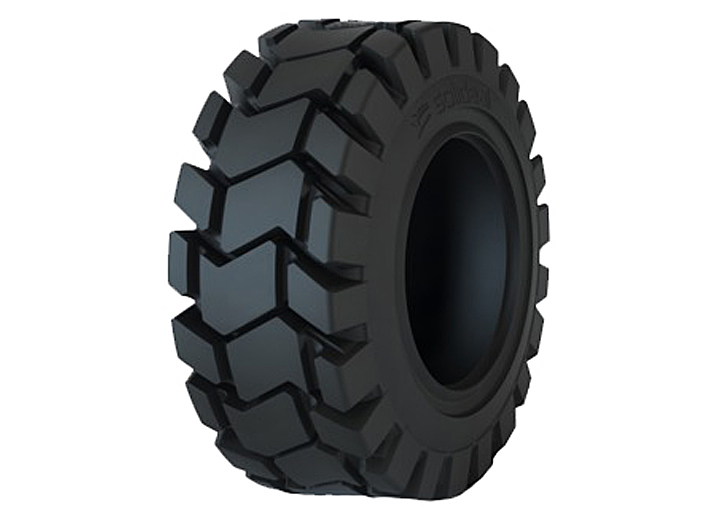When it comes to choosing skid steer tires, it helps to know the details about the different types of tires available so you can make an informed choice. The two types of tires commonly used are pneumatic, or air-filled tires, and solid tires, sometimes referred to as flat proof, airless, or no-air tires. Read on to learn more about solid and pneumatic skid steer tires, how they are different from each other, and how to select the right size for your equipment.
Difference Between Pneumatic & Solid Skid Steer Tires
| Points of Difference | Solid Skid Steer Tires | Pneumatic Skid Steer Tires |
|---|---|---|
| Application | Solid tires are ideal for extreme applications, such as rock quarries, demolition sites, or construction sites, and more. | Pneumatic tires are perfect for mild operating conditions, such as landscaping or snow removal. If you do not want to disturb the surface you are working on, you may choose to purchase pneumatic tires. |
| Cost | Solid skid steer tires are known to be more expensive upfront. However, they are more durable and last around 3-5 times longer as compared to pneumatic tires. Thus, they prove to be more cost-effective in the long run. | Pneumatic tires are an economical option and are the easiest to afford. Thus, they are easier to obtain because of the lower up-front cost. |
| Operator-Friendly | The operators can feel battered by the hard ride provided by solid tires. This is also because of the extreme ground conditions on which they operate the equipment. | Pneumatic skid steer tires are often considered friendlier on the equipment operator. They provide shock absorption and help soften the ride, offering greater comfort for the operator. |
| Downtime | Solid skid steer tires are puncture resistant. They reduce the chances of any sudden breakdown, minimizing the downtime for operators and machines. They also lead to fewer repair costs. | Pneumatic tires are more likely to be punctured. You may have to repair or replace them more frequently, leading to more downtime as compared to the solid tires. |
| Carrying Capacity | The advances in rubber technology and the solid skid tire designs enable the equipment to handle heavy loads. | As compared to the solid tires, pneumatic skid steer tires are not designed to carry heavy loads. |
Determining the Skid Steer Tire Size
Interpreting the Size Details
When it comes to the size of the skid steer tires, it is usually represented by three numbers together.
For example, 27×10.5 -15.
- The first number depicts the height of the tire.
- It is followed by the section width.
- The third number represents the wheel size or the rim of the tire.
However, if only two numbers are present, it becomes a little trickier to interpret the details.
For example, 12 x 16.5.
Here, the first number is the section width, and the second number depicts the wheel size. You can estimate the height of the tire by multiplying the section width by two (2) and adding the rim size to the result. This will give you the approximate value of the height of the tire.
Factors to Consider When Choosing Tire Size
Once you know how to interpret the tire size, you should know about other factors that can help you make the right choice. This includes the ply rating, load rating, and load index. You can determine them using the size and operating weight. Also, consider the maximum load weight of your equipment and the applications.
Get the Best Range of Skid Steer Tires with Tag Equipment
We carry a wide variety of skid steer tires by popular brands such as CAMSO, Traxter, Galaxy, and PrimeX. We have tires for just about any skid loader, including Bobcat tires, Case skid steer tires, Cat tires, flat-proof tires, and more.
If you are in Canada and looking to buy skid steer tires, call us at 416-716-5850 today!
Related:


